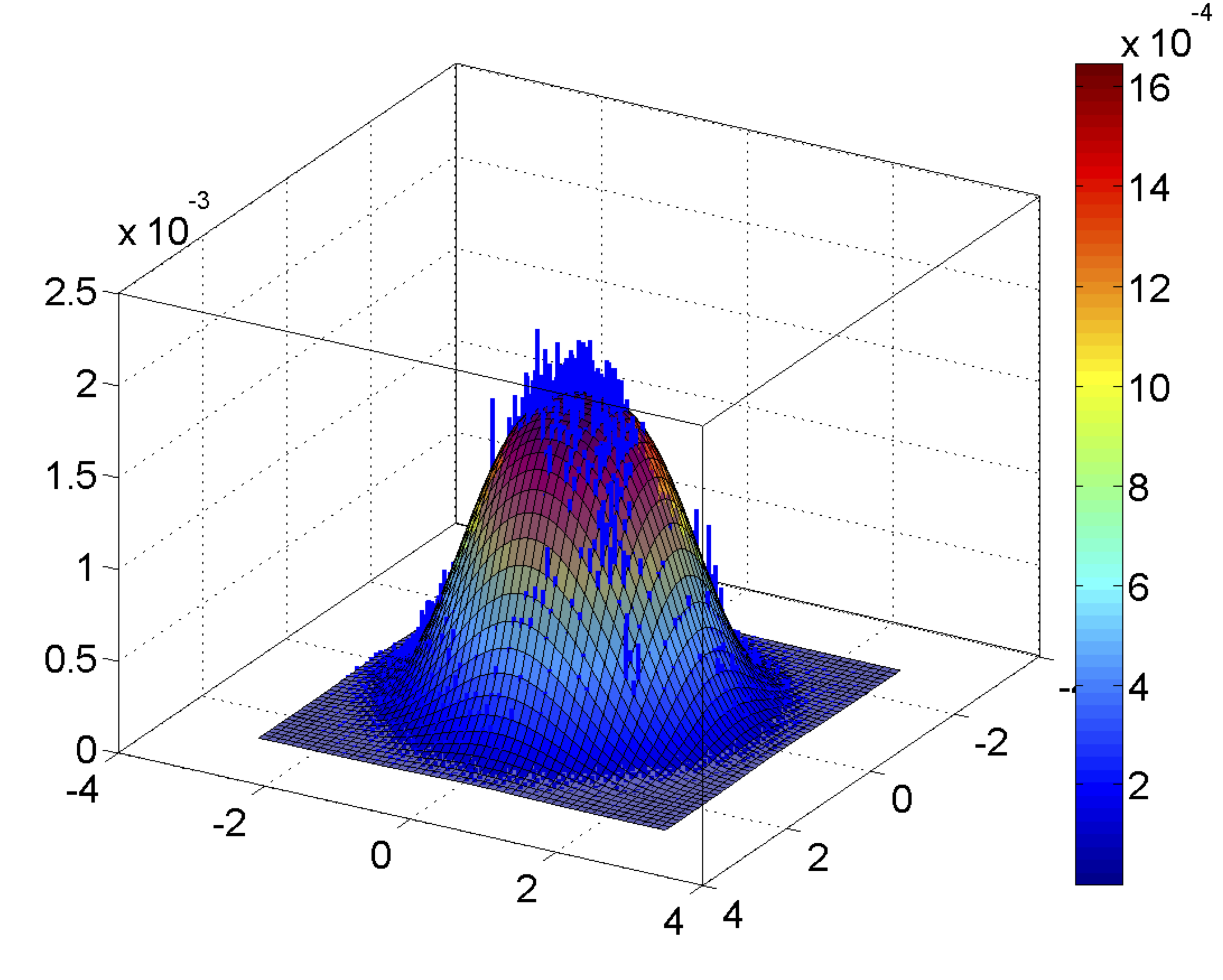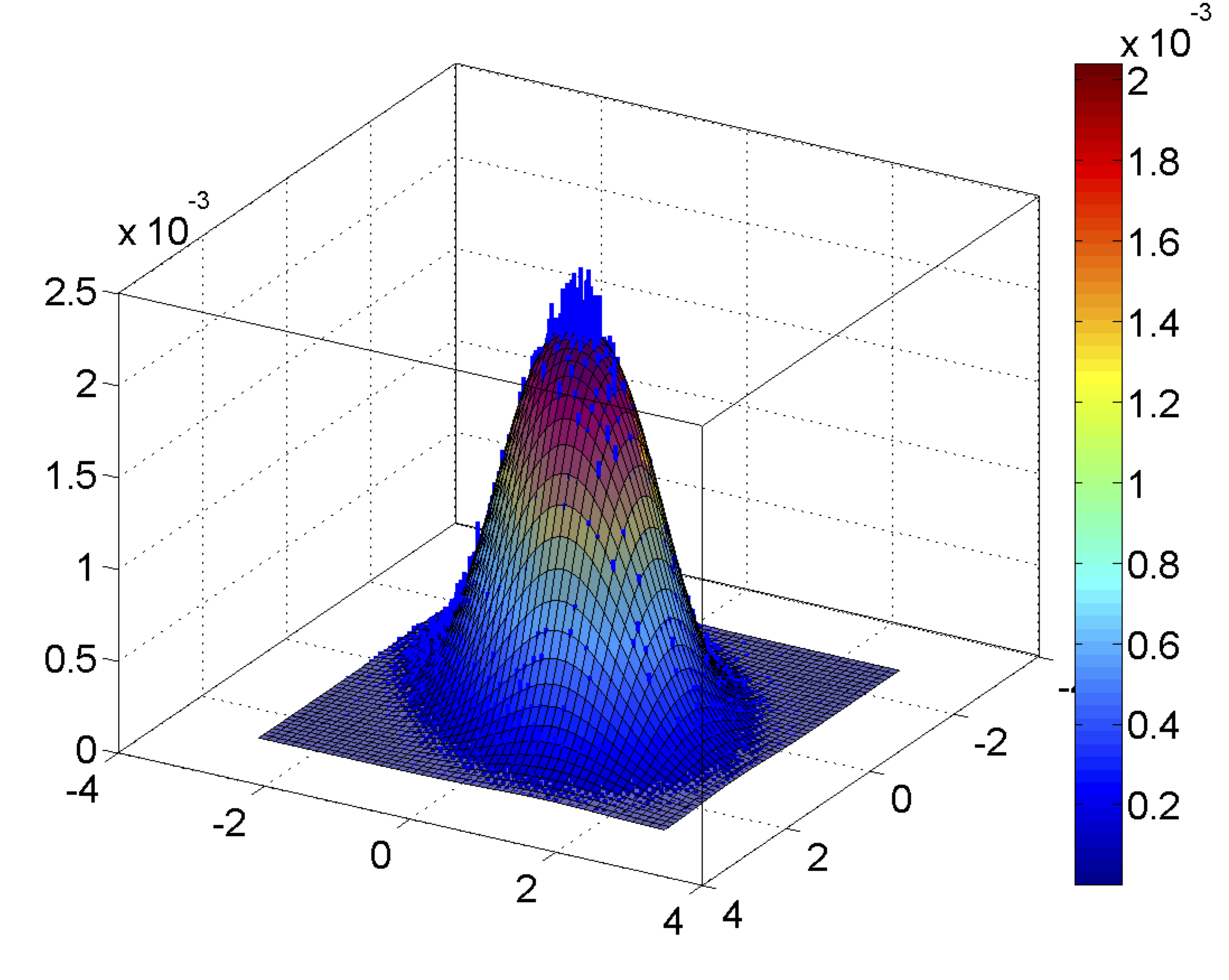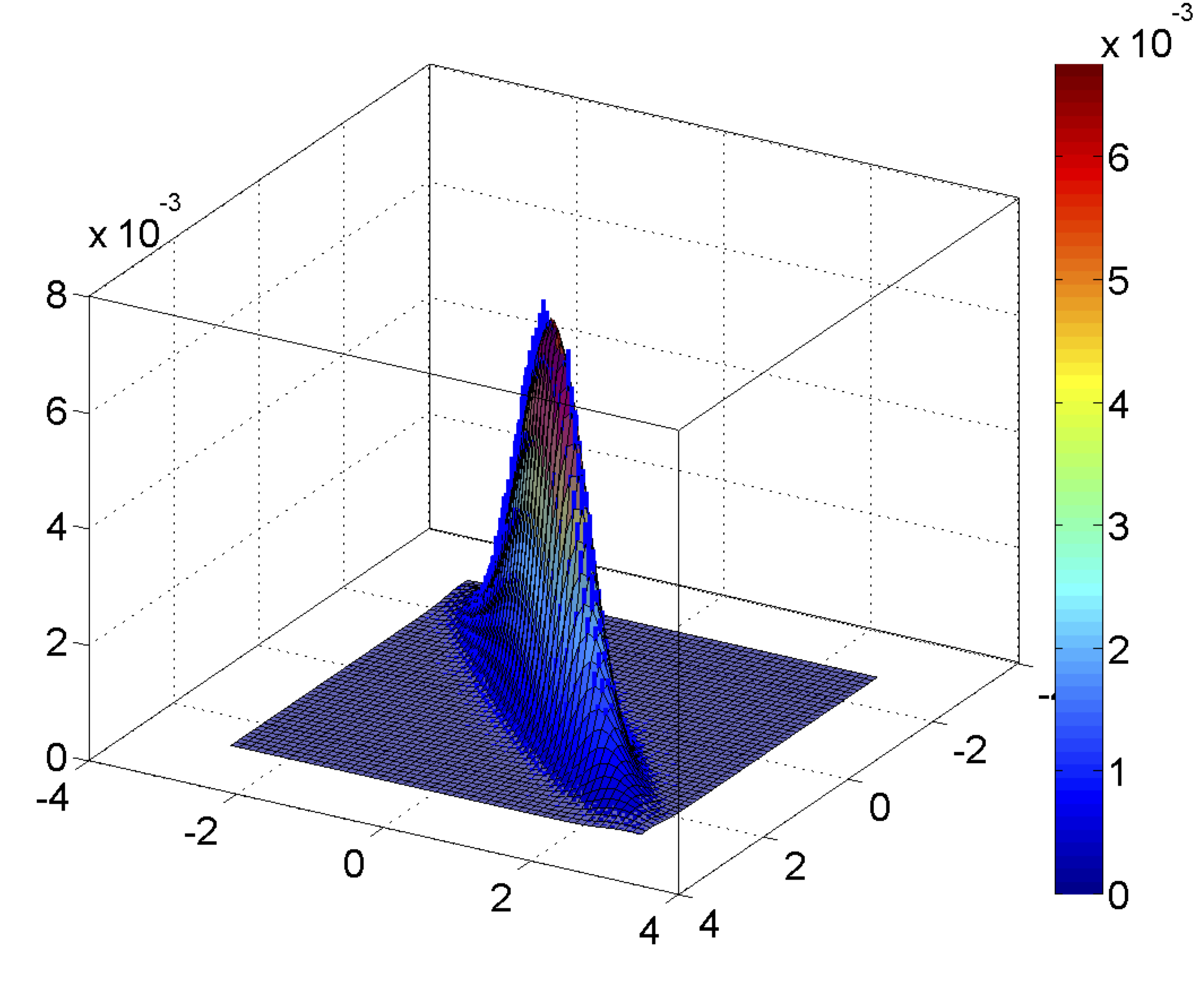Bivariate and Spatial-Oriented Correlation Models of Natural Images
The 3D Natural Scene Statistics (NSS) research at LIVE is being conducted in collaboration with Center for Perceptual Systems (CPS, http://www.cps.utexas.edu ).



The statistical properties embedded in visual stimuli from the surrounding environment guide and affect the evolutionary processes of human vision systems. There are strong statistical relationships between co-located luminance/chrominance and disparity bandpass coefficients in natural scenes. However, these statistical relationships have only been deeply developed to create point-wise statistical models, although there exist higher-order spatial dependencies between adjacent pixels in both 2D color images and range maps.
Here we first study the bivariate statistics of the joint and conditional distributions of spatially adjacent bandpass responses on both luminance/chrominance and range/depth data of naturalistic scenes. We deploy bivariate generalized Gaussian distributions to model the underlying statistics. The analysis and modeling results show that there exist important and useful statistical properties of both joint and conditional distributions, which can be reliably described by the corresponding bivariate generalized Gaussian models.
We further propose a new closed-form spatial-oriented correlation model that captures statistical regularities between perceptually decomposed natural image luminance samples. We validate the new correlation model on a variety of natural images. Experimental results demonstrate the robustness of the new correlation model across image content.
More importantly, our new bivariate and spatial-oriented correlation models are perceptually relevant to the psychophysical models of visual processing in human vision systems (HVS), and nearly identical results can be attained using different color space conversions, e.g., YUV, or scale-orientation decompositions, e.g., Gabor. We believe that these new NSS models will prove useful in a broad spectrum of image and video processing algorithms. For example, both the bivariate GGD and the exponentiated cosine models are closed-form, and can be readily used to develop analytic optimization solutions for image denoising, restoration, and enhancement.
Relevant Publications:
- C.-C. Su, L. K. Cormack, and A. C. Bovik, "Closed-Form Correlation Model of Oriented Bandpass Natural Images," IEEE Signal Processing Letters , to appear, 2014. ( Preprint PDF )
- Supplemental document: Validation of the exponentiated cosine model ( PDF )- C.-C. Su, L. K. Cormack, and A. C. Bovik, "Bivariate Statistical Modeling of Color and Range in Natural Scenes," in Proceedings of SPIE, Human Vision and Electronic Imaging XIX , vol. 9014, Feb. 2014. ( PDF )
Software Release:
- Bivariate and Spatial-Oriented Correlation Models of Natural Images ( zip )
Back to 3D Natural Scene Statistics Research page